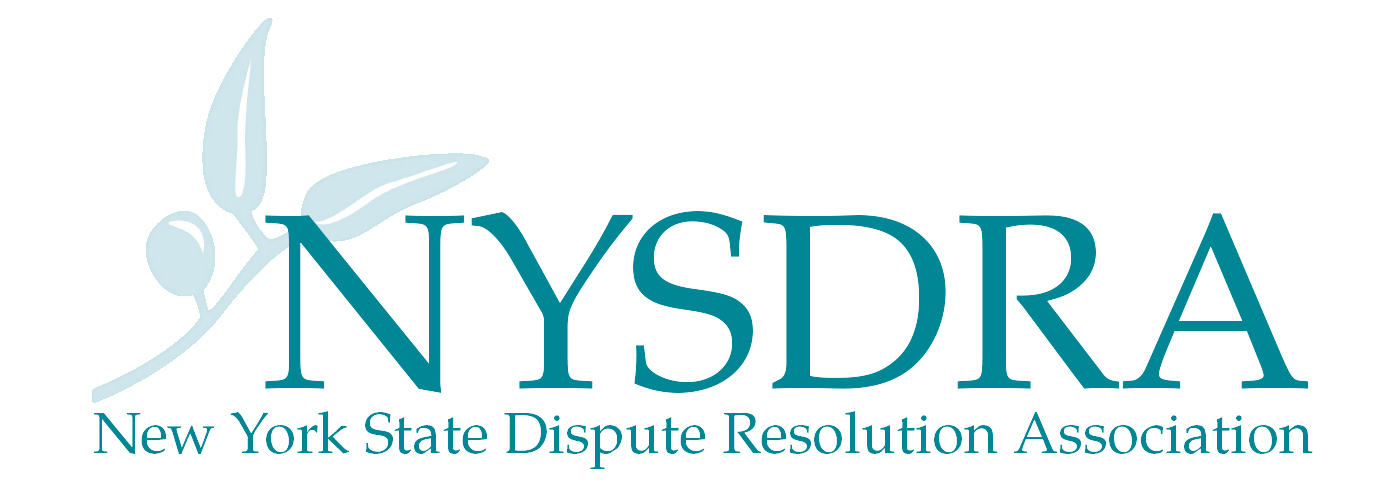Take Off Your Shoes: The Sole of Restorative Problem-Solving
Take Off Your Shoes: The Sole of Restorative Problem-Solving
Posted By Alison Ritchie, Director of Program Operations, Tuesday, October 27, 2015
I was fortunate to attend the symposium on Restorative Practices for Youth: Building Relationships in Schools, Juvenile Justice, and Communities last week. The event was presented by the Skidmore College Project on Restorative Justice, the newest venture for NYSDRA board member David Karp.
The event included a keynote from Margaret Thorsborne, author of Implementing Restorative Practices in Schools (among others) and internationally-known expert on restorative practices. Her simple yet comprehensive approach to a complex topic left the entire audience inspired and energized to see restorative processes utilized more widely in schools and the juvenile justice system. Marg showed the audience the scientific data needed to prove that punishing school children for bad behavior, and a zero-tolerance approach to problem solving, does not work to change that behavior. Instead of behavior management, schools need to focus on relationship management and creating a positive climate for learning. She used humor and simple examples to show how a person is more able to grow and improve when they are valued and invested in. Her keynote set the perfect tone for the symposium’s panel discussions on implementing restorative processes in schools and working with juvenile justice agencies to incorporate these practices.
Duke Fisher led a particularly interesting lunchtime activity where attendees were asked to participate in their own circle activity during the meal. It was a way for us to “buy-in” to the process by actually using it. At my table, the educators present were more interested in talking amongst themselves than listening to what others had to say. When we were finally focused around a “talking item”, we were able to really hear each other. It was obvious it would take deliberate practice and further training for any of us to lead such an activity amongst students.
Marg also presented a lecture later in the evening on "Understanding the nature of emotional harm: Why restorative problem-solving is good for our brains". We were treated to more light-hearted story-telling while Marg addressed some pretty serious topics. She focused a lot on how negative emotions, when not metabolized, lead to shame. We learned how people’s responses to their own shame can lead to further harm: to self and others. Marg likened our response to a blister on our foot (take off the shoes!) to what should be our response to negative emotions – fix it! Rather than letting the pain and harm continue and fester, a restorative problem-solving approach can allow us to process our negative emotions and move beyond the harm.
